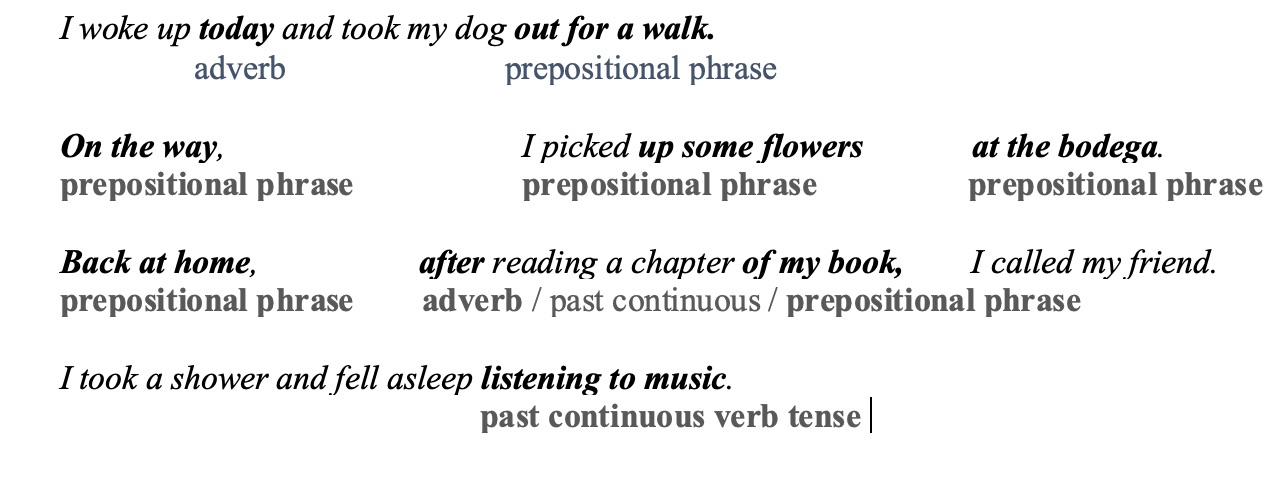 Code is the “newest foreign language” that students of all ages want to learn. But, even though we hear the words “Python” and “Java” being thrown around, most of us don’t really know what they mean or what the differences are. Here is our handy guide to the 10 most currently popular coding languages, and what you need to know about them:
Code is the “newest foreign language” that students of all ages want to learn. But, even though we hear the words “Python” and “Java” being thrown around, most of us don’t really know what they mean or what the differences are. Here is our handy guide to the 10 most currently popular coding languages, and what you need to know about them:
- Python – a popular and versatile coding language, that derives less from C than the languages below. It is considered to be a language designed to be easy to read and decipher. However, it is also considered to be a slow language that takes more time to write with. It serves as a very good language for analytical and statistical purposes.
- Java – considered the most widely used coding language and heavily influenced by C and also C++. It is an ‘object-oriented’ language, which is a very common programming concept/style. Mostly used to build applications.
- JavaScript – despite the name, JavaScript is derived from C, not Java, and is actually pretty different and entirely separate from Java. JavaScript is mostly used in web development (for example, it is most often used to interact and communicate with web/Internet browsers).
- C# – one of the most popular coding languages used for mobile applications, game development, and enterprise software.
- C – most influential language, as it is what a lot of other popular languages are based off of (like C++, Java, Javascript, Perl, Python). Many agree that if you know C, it will be easier for you to pick up other programming languages, so it’s often the first language that people study and learn before moving onto C# or C++.
- C++ – widely used language in a professional and academic settings. Considered versatile because it can be used to fit different programming styles. I’d say that most people use the ‘object-oriented’ style of C++. Heavily influenced by C. Used to build systems and applications (which run in top of systems).
- PHP – a popular web development language that allows for deeper “server-side” web development. It is much more intensive and detailed than JavaScript, and is more focused on the fundamentals of programming when compared to most other web development languages.
- R – this programming language is primarily used by statisticians to develop statistical software and support data analysis.
- Objective-C – the coding language that is used to develop all Apple systems and mobile apps. The popularity of iPhone’s and iPad’s have made Objective-C a highly in-demand language. It is recommended that you have an understanding of C before learning Objective-C.
- TypeScript – this is an open-source programming language that builds on JavaScript and supports large applications.
Are you or your child interested in learning coding languages and programming skills? We are excited to stay on the cutting edge of important skills for our students, and are thrilled to have coding and programming experts on our team of tutors: work with them to learn the programming languages that fit your needs!
Written by: Editorial Team, My Learning Springboard, Inc. In an age of auto-correct and casual texting, it’s common to think of grammar as a rigid set of rules that is unnecessary to study. Often, students have an intuitive grasp of language and what “sounds right” based on years of reading and writing. Educators face similar questions about studying grammar. In fact, debates over teaching grammar have been raging in the United States for the last fifty years. Those who advocate against teaching grammar argue that students will learn grammar in an organic way, through reading and writing. They state that grammar instruction is often prescriptive and focused on rules, thereby limiting student expression. Certainly, there are dreary and constricting ways of teaching and learning grammar, but can we ever separate our thoughts and ideas from the sentences we are using to express them?
In an age of auto-correct and casual texting, it’s common to think of grammar as a rigid set of rules that is unnecessary to study. Often, students have an intuitive grasp of language and what “sounds right” based on years of reading and writing. Educators face similar questions about studying grammar. In fact, debates over teaching grammar have been raging in the United States for the last fifty years. Those who advocate against teaching grammar argue that students will learn grammar in an organic way, through reading and writing. They state that grammar instruction is often prescriptive and focused on rules, thereby limiting student expression. Certainly, there are dreary and constricting ways of teaching and learning grammar, but can we ever separate our thoughts and ideas from the sentences we are using to express them?

 So, you are
So, you are  “Serene was a word you could put to Brooklyn, New York. Especially in the summer of 1912. Somber, as a word, was better. But it did not apply to Williamsburg, Brooklyn. Prairie was lovely and Shenandoah had a beautiful sound, but you couldn’t fit those words into Brooklyn. Serene was the only word for it; especially on a Saturday afternoon in summer.”
“Serene was a word you could put to Brooklyn, New York. Especially in the summer of 1912. Somber, as a word, was better. But it did not apply to Williamsburg, Brooklyn. Prairie was lovely and Shenandoah had a beautiful sound, but you couldn’t fit those words into Brooklyn. Serene was the only word for it; especially on a Saturday afternoon in summer.” Tony Wagner’s book,
Tony Wagner’s book,